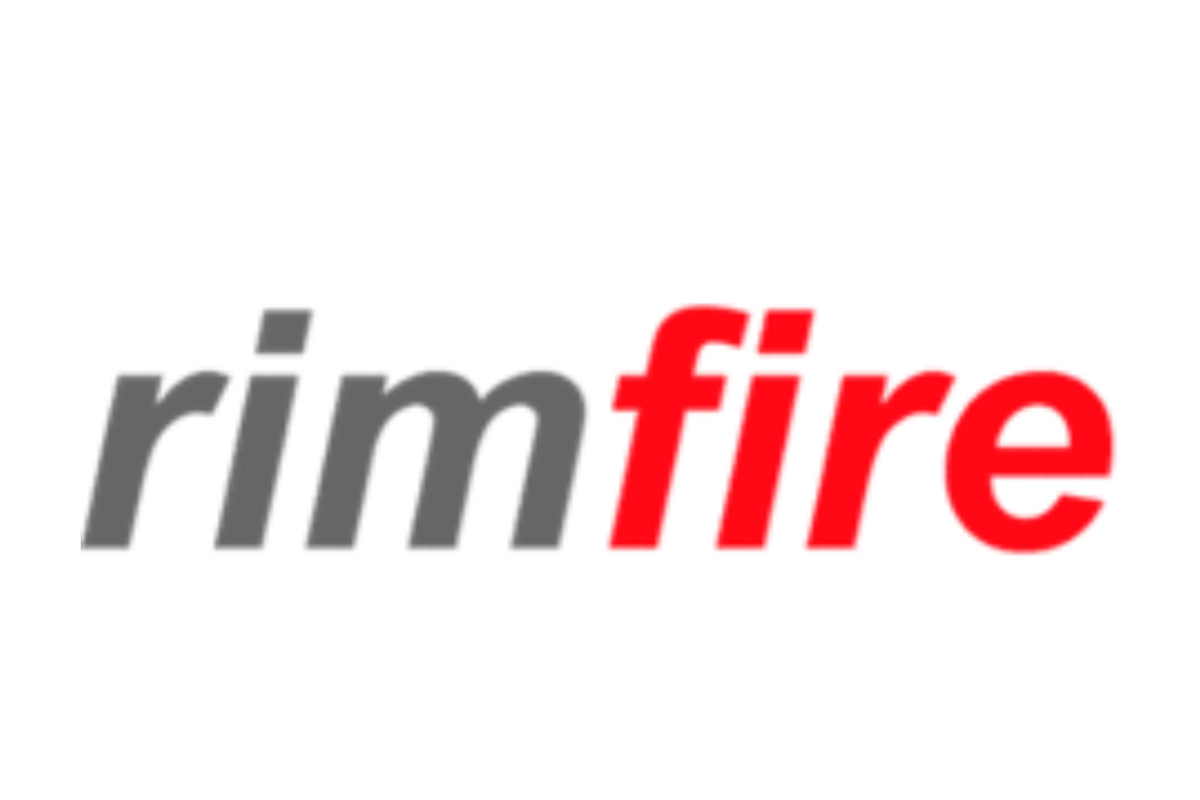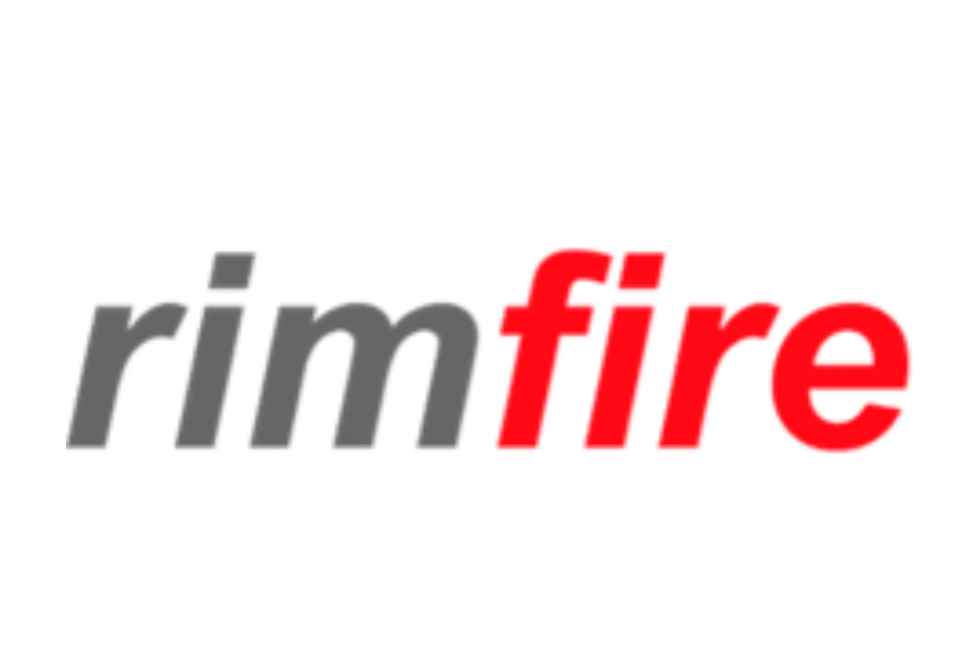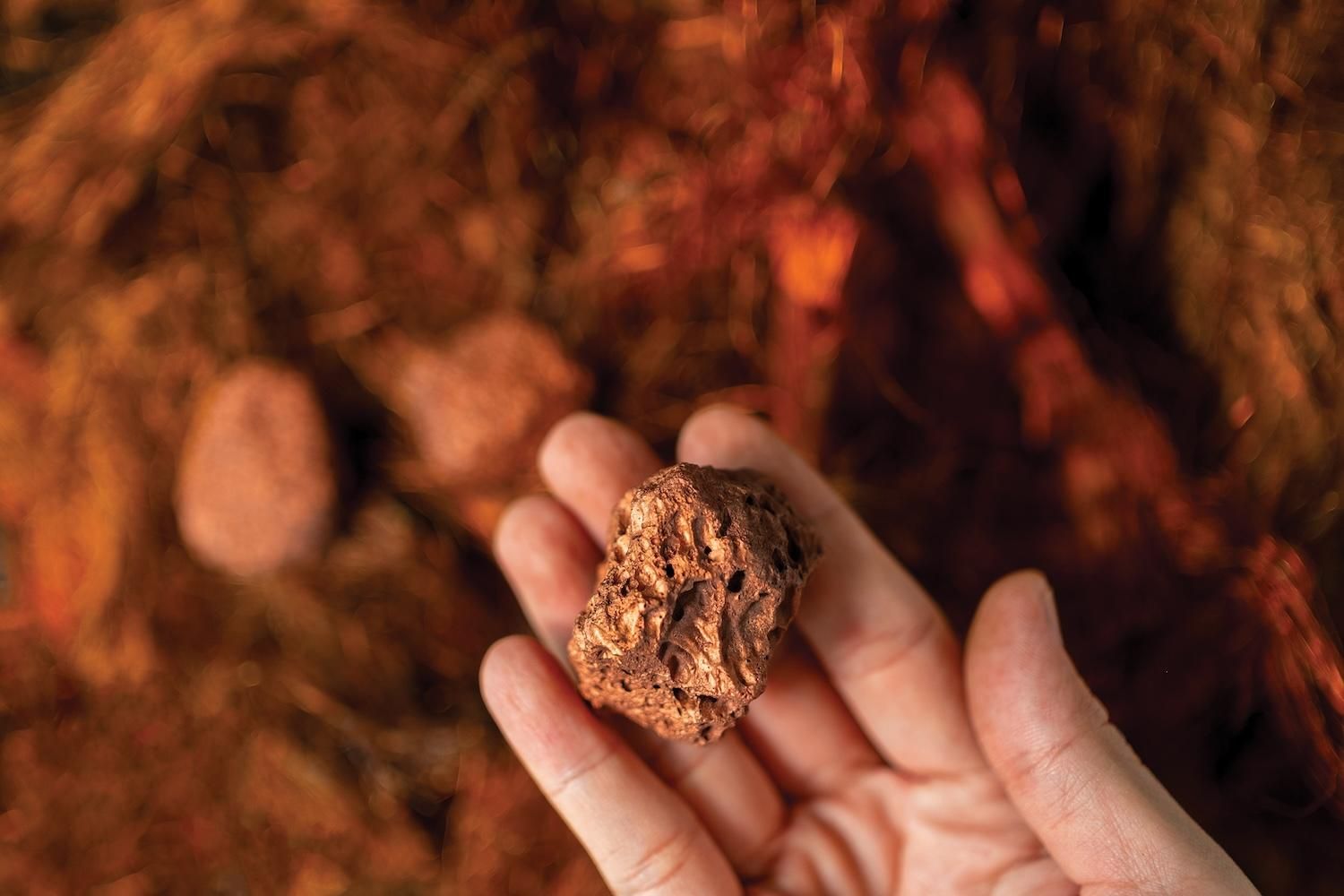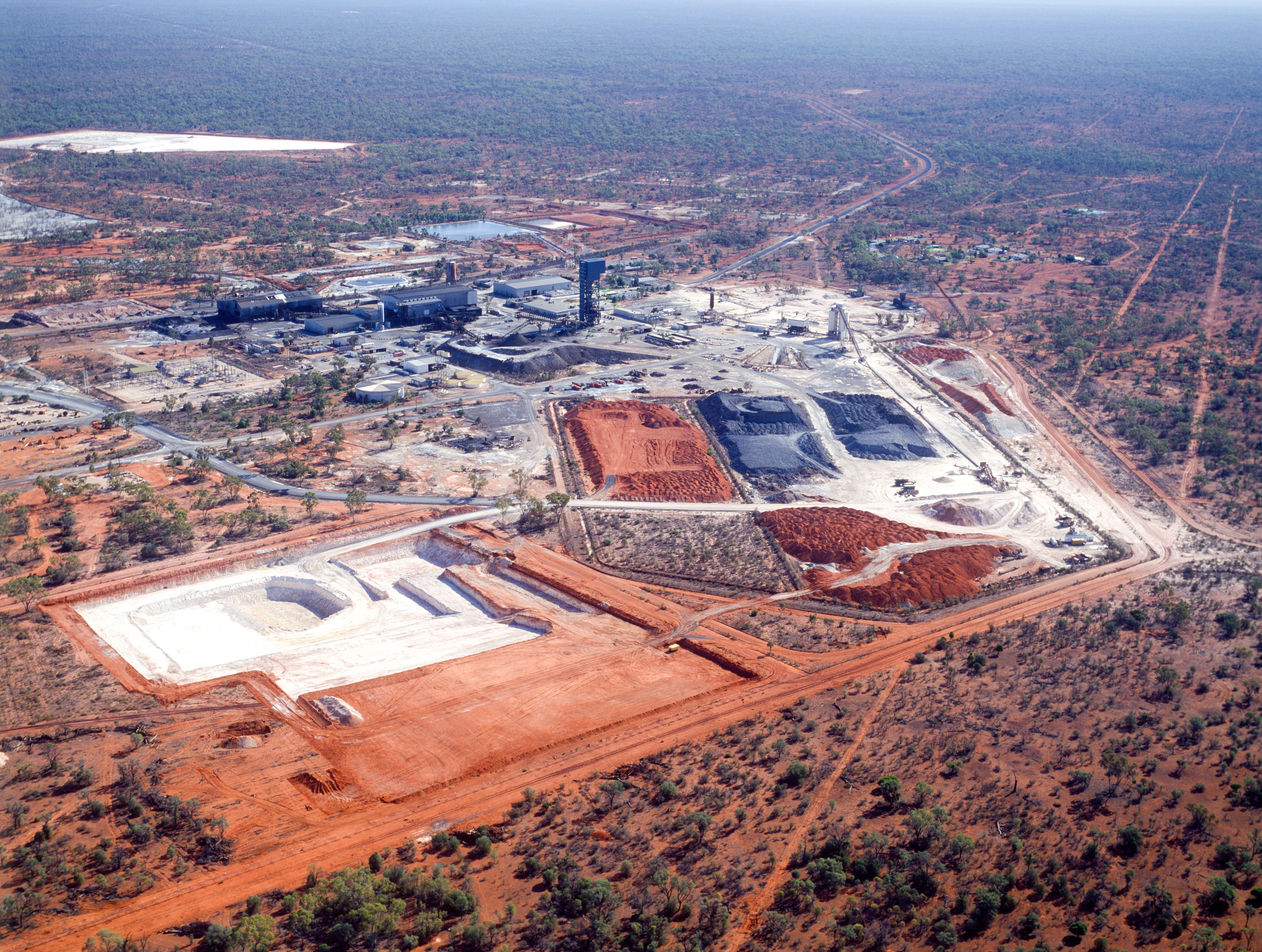
October 23, 2024
Rimfire Pacific Mining (ASX: RIM, “Rimfire” or “the Company”) is pleased to advise that it has commenced a scandium aircore drilling program at the Murga Exploration Target which is located on the Company’s Fifield Project approximately 70 km NW of Parkes in central NSW (Figures 1 and 2).
Highlights
- Initial phase of infill drilling underway at the Murga Exploration Target
- Current 50-hole (1,500m) aircore program to infill strong scandium anomalism previously obtained from wide spaced (400m x 400m) drilling throughout the area, i.e.;
- 13m @ 188ppm Sc from 3 metres in FI2514 including 4m @ 248ppm Sc
- 6m @ 111ppm Sc from 6 metres in FI2513
- 21m @ 106ppm Sc from 3 metres in FI2547
- 3m @ 127ppm Sc from 13 metres in FI2549
- 18m @ 174ppm Sc from 1 metre in FI2561 including 3m @ 226ppm Sc
- 27m @ 188ppm Sc from 0 metres in FI2434 including 12m @ 224ppm Sc
- Drilling is sole funded by Rimfire with results expected late November 2024
- If successful, the drill results will be used to convert the Murga Exploration Target to a Mineral Resource estimate.
Commenting on the announcement, Rimfire’s Managing Director Mr David Hutton said: “the commencement of infill aircore drilling at Murga is the critical next step in converting the Murga Exploration Target into a Mineral Resource.
In conjunction with the Melrose and Murga North Mineral Resources, Rimfire is well on the way to achieving its primary objective of building a globally significant scandium resource inventory at Fifield.
With results expected late November we look forward to updating shareholders when new information becomes available”.
Murga Drilling details
At Murga scandium occurs within a strongly weathered horizon overlying magnetic ultramafic (pyroxenite) intrusive rocks of the Ordovician-age Murga Intrusive Complex interpreted to be part of a large scale arcuate shaped mafic – ultramafic intrusive complex that has a surface area of approximately 20km² (Figure 2).
Rimfire has previously announced a Mineral Resource estimate of 21Mt @ 125ppm Sc (4,050t Scandium Oxide) for Murga North and an Exploration Target for the broader Murga area (excluding the Murga North Mineral Resource) of 100 to 200Mt at 100 to 200ppm Sc (15Kt – 46Kt Scandium Oxide)*. (Rimfire ASX Announcement dated 5 September 2024).
The Exploration Target is based on an outline of the scandium-bearing pyroxenite interpreted from aeromagnetic data and results of Rimfire’s 2024 reconnaissance aircore drilling (on nominal 400m x 400m centres) throughout the Murga area which successfully intersected strong scandium anomalism (see Rimfire ASX Announcement dated 6 May 2024), i.e.;
- 13m @ 188ppm Sc from 3 metres in FI2514 including 4m @ 248ppm Sc,
- 6m @ 111ppm Sc from 6 metres in FI2513,
- 21m @ 106ppm Sc from 3 metres in FI2547,
- 3m @ 127ppm Sc from 13 metres in FI2549,
- 18m @ 174ppm Sc from 1 metre in FI2561 including 3m @ 226ppm Sc, and
- 27m @ 188ppm Sc from 0 metres in FI2434 including 12m @ 224ppm Sc
To better understand the significance of the wide spaced drilling results, an initial phase of infill aircore holes (50 holes / 1,500 metres) is currently being drilled on 100m x 100m spacings (as recommended by Rimfire’s external resource consultant) to better define internal grade zones and mineralisation thickness variation. As shown in Figure 3 the initial phase of holes will be drilled in the southern portion of the Murga Exploration Target and will also test several magnetic anomalies that are interpreted to represent underlying scandium source rocks (i.e.; pyroxenite).
The drilling is sole funded by Rimfire and is part of a planned larger drilling program that will resume next month when the current drill rig becomes available again. If successful, the results of the infill drilling will be used to convert the Murga Exploration Target to a Mineral Resource estimate.
Next Steps
The Murga aircore drilling will take approximately 2 weeks to complete with analytical results expected 4 weeks after drilling completion and Rimfire looks forward to providing further market updates as new information comes to hand.
Click here for the full ASX Release
This article includes content from Rimfire Pacific Mining Limited, licensed for the purpose of publishing on Investing News Australia. This article does not constitute financial product advice. It is your responsibility to perform proper due diligence before acting upon any information provided here. Please refer to our full disclaimer here.
asx stockslithium stocksplatinum investingpalladium investingcobalt investingasx:rimcopper investing
RIM:AU
The Conversation (0)
11 October 2024
Rimfire Pacific Mining
Focussed on exploring for critical minerals in NSW, Australia
Focussed on exploring for critical minerals in NSW, Australia Keep Reading...
03 February
Currajong confirmed as a new high-grade scandium opportunity
Rimfire Pacific Mining (RIM:AU) has announced Currajong confirmed as a new high-grade scandium opportunityDownload the PDF here. Keep Reading...
29 January
December 2024 Quarterly Activities and Cashflow Report
Rimfire Pacific Mining (RIM:AU) has announced December 2024 Quarterly Activities and Cashflow ReportDownload the PDF here. Keep Reading...
19 January
Murga Diamond Drilling Update
Rimfire Pacific Mining (RIM:AU) has announced Murga Diamond Drilling UpdateDownload the PDF here. Keep Reading...
16 December 2024
Latest drill results upgrade Murga - clarification
Rimfire Pacific Mining (RIM:AU) has announced Latest drill results upgrade Murga - clarificationDownload the PDF here. Keep Reading...
15 December 2024
Latest scandium results upgrade Murga Exploration Target
Rimfire Pacific Mining (RIM:AU) has announced Latest scandium results upgrade Murga Exploration TargetDownload the PDF here. Keep Reading...
12 December
PPC, Lundin Freeze 2026 Processing Fees as Smelters Near Breaking Point
Japan’s largest copper smelter has secured a rare reprieve in one of the tightest processing-fee environments the industry has ever seen.According to media reports, Pan Pacific Copper has agreed with Lundin Mining (TSX:LUN,OTC Pink:LUNMF) to roll over treatment and refining charges for 2026... Keep Reading...
11 December
5 Best-performing Copper Stocks on the TSX in 2025
Copper prices were volatile in 2025 amid several competing narratives, including the possibility of a global recession early in the year and tariff measures in July. By the end of the year, prices found support as supply and demand conditions came into focus and pointed to a deepening supply... Keep Reading...
11 December
Top 5 ASX Copper Stocks of 2025
Copper prices have been volatile in 2025 as the market was impacted by geopolitical events shifting supply and demand fundamentals. Overall prices have been on an upward trajectory throughout the year as demand growth accelerates on the back of the development of artificial intelligence, the... Keep Reading...
09 December
Copper Price Forecast: Top Trends for Copper in 2026
Copper prices were volatile in 2025 due to supply constraints, high demand and geopolitical concerns.Experts are calling for many of these trends to carry over into 2026, sending the market into deficit. Beyond supply and demand fundamentals, copper will also be met with global uncertainty as... Keep Reading...
09 December
Transformational AI-Led JV with Lithosquare SAS
€1.4 million exploration acceleration programme for Aterian's Moroccan and Botswana copper and critical mineral targets
Aterian plc (LSE: ATN), the critical mineral exploration and development company focused on Africa, is pleased to announce the signing of a binding Heads of Terms ("HoT") for a strategic, AI-powered earn-in joint venture ("JV") with Lithosquare SAS ("Lithosquare"), a Paris-based next-generation... Keep Reading...
05 December
Surge in Copper Demand Re-energises Cobar Basin’s Underexplored Resource Potential
The Cobar Basin in Central New South Wales, Australia, may be emerging as a key focus for investors positioning for the next wave of copper supply. With a looming global shortage of the red metal and long-term demand being driven by electrification and decarbonisation, savvy investors are... Keep Reading...
Latest News
Latest Press Releases
Related News
TOP STOCKS
American Battery4.030.24
Aion Therapeutic0.10-0.01
Cybin Corp2.140.00







